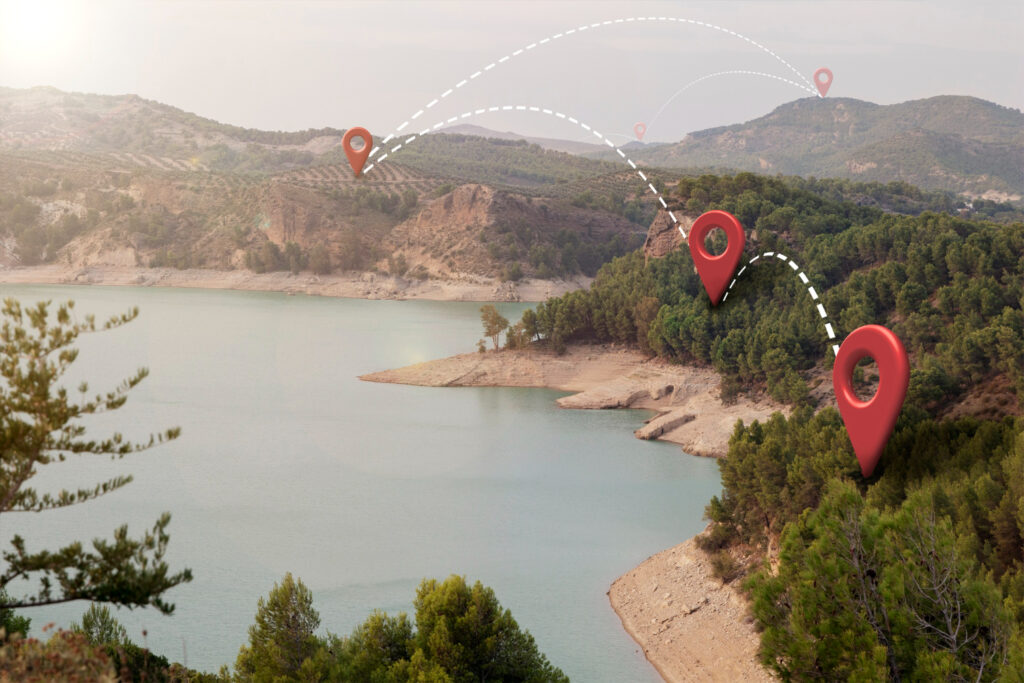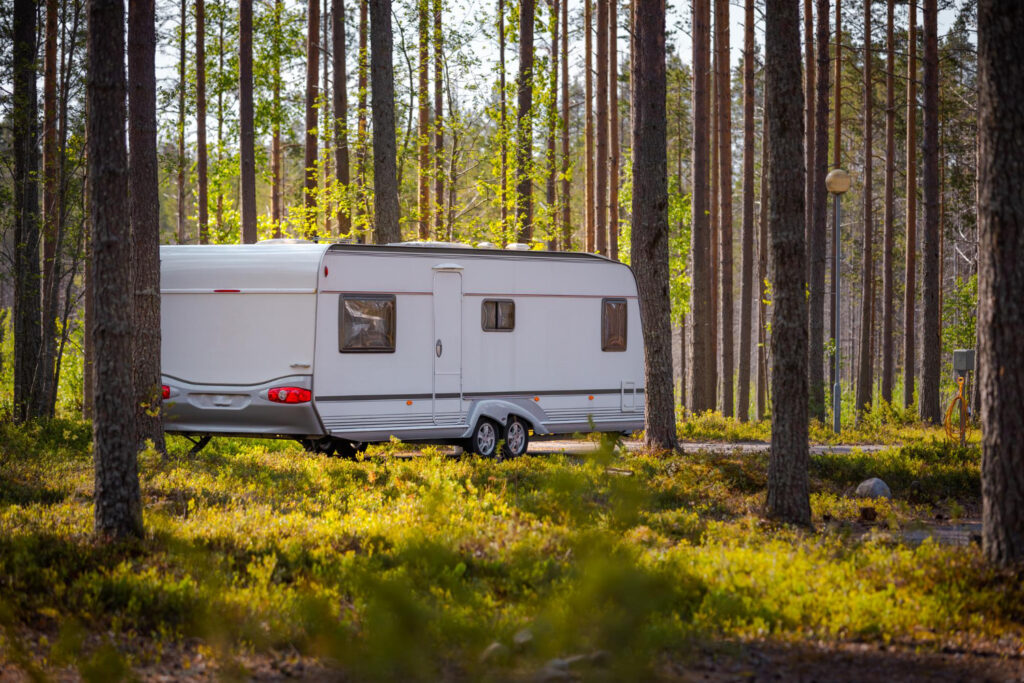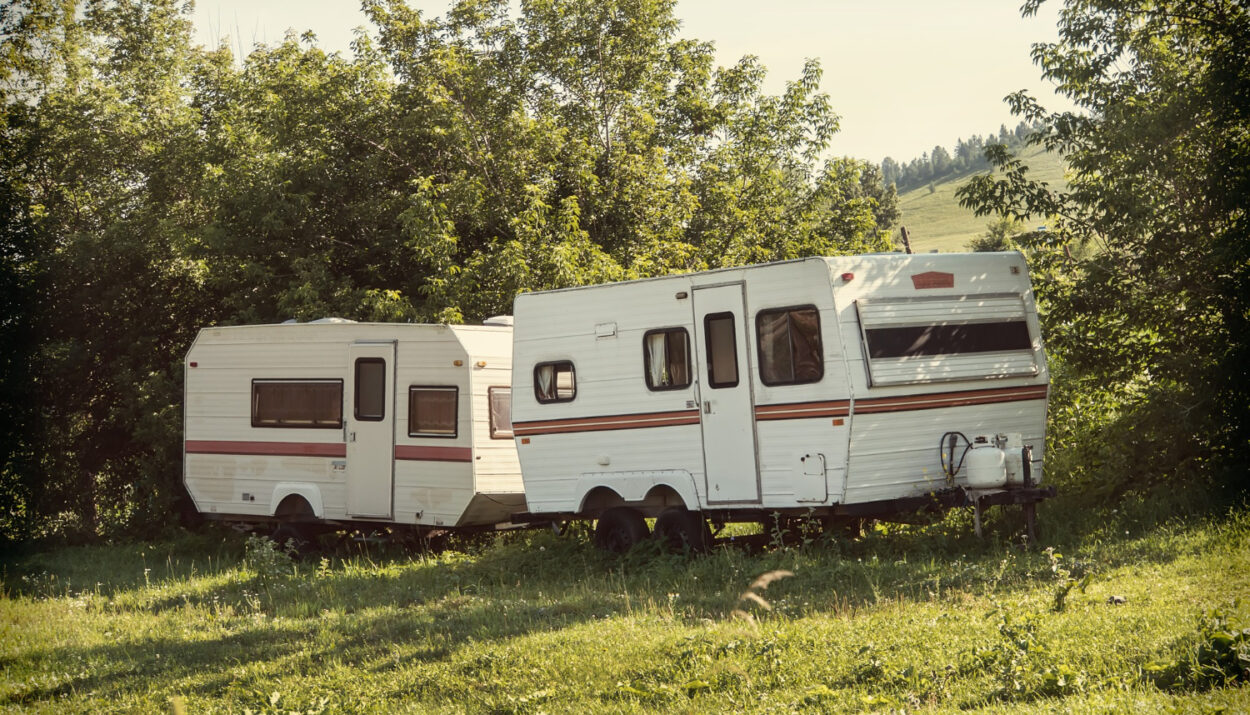Creating a RV park with a design software requires meticulous attention to a variety of factors, including location, layout, amenities, and adherence to safety regulations.
The role of efficiency in the design of RV parks is one of the most significant factors to be considered during the design phase. Additionally, another key benefit of using design software is that it expedites the process, visualizes the outcome, and ensures a safe and comfortable stay for guests while maximizing available space.
Importance of Efficient Design for RV Parks
Efficient design is important in RV parks as it allows for optimal space utilization, improves the user experience, and maximizes operational efficiency. Consequently, efficient design is a must for successful planning, infrastructure development, and the overall optimization of the park.
An efficiently designed RV park layout delivers a hassle-free experience for campers and supports effective resource management and cost-effectiveness. This well-conceived design can simplify the planning process, enabling better allocation of amenities, parking spaces, and recreational areas.
In turn, this increases traffic flow within the park, improves safety measures, and ultimately contributes to the park’s overall success. By prioritizing efficient design, RV park owners can establish a space that attracts more campers and boosts their satisfaction and comfort during their stay.
Factors to Consider in RV Park Design
When developing plans for an RV park, you must keep in mind various factors, including:
- Site analysis
- Layout design
- Space utilization
- User experience
- Environmental impact.
Considering these elements in depth, a meticulously planned and sustainable RV park can be established to adapt to its visitors’ needs effectively.

Location and Site Selection
Selecting the right location for an RV park is a major decision that requires thorough market research to understand customer needs and validate the site’s potential for success. Market research is essential to understanding potential RV park patrons’ demographics, travel behaviors, and preferences. This analysis helps developers customize the park’s facilities and amenities to meet the specific needs of their target demographic.
Moreover, the park’s location significantly impacts its accessibility, visibility, and appeal. A strategic location near popular tourist destinations or with easy access to major highways can significantly increase the park’s foot traffic and revenue. To safeguard the long-term prosperity of the RV park, it is important to consider prevailing market trends and anticipate future developments in the vicinity.
Layout and Amenities
The configuration and facilities of an RV park are significant factors in determining customer satisfaction. The key features, such as utility hookups, sufficient parking for recreational vehicles, and well-planned communal areas, highly impact the overall experience.
Proper utility hookups are essential, as they allow visitors to easily access electricity, water, and sewage disposal easily, guaranteeing a comfortable stay. Also, adequate parking spaces provide order and convenience for guests’ vehicles, while well-designed communal areas like fire pits and picnic spots encourage social interaction and relaxation. These amenities collectively improve the overall experience for campers, establishing the RV park as an attractive destination for travelers seeking functionality and comfort.

Benefits of Using Design Software
The utilization of design software during the planning phase of an RV park provides a numerous benefits. These include simplified workflows, improved integration of technology, and the capacity to incorporate the most recent innovations and design trends. Consequently, this results in a design that is more efficient and effective. Designing your RV park doesn’t have to break the bank though, as plenty of free CAD software out there caters to both novices and professionals.
Simplifying the Design Process
Incorporating the appropriate design software can increase efficiency and cost-effectiveness in the design process. This allows for the creation of intricate layouts and the effective management of project timelines.
Designers can optimize their workflow by utilizing design software tools. These tools allow them to experiment with various concepts, visualize ideas in 3D, and efficiently implement changes without the need to start over. This adaptability saves time and cultivates innovation and creativity within the design process.
Furthermore, the ease of collaboration among team members is improved as they can work concurrently on a project, provide real-time feedback, and ensure alignment. These aspects collectively contribute to a more smooth workflow and higher-quality project outcomes.
Visualizing the Final Product
Design software facilitates effective visualization of the final product by providing user-friendly interfaces and real-time updates. This ensures that all people involved fully understand the project’s progress and outcomes.
This technology allows project teams to digitally map out the layout and amenities of an RV park, helping people make well-informed decisions about how to use space, where to place infrastructure, and the overall design aesthetics. The software allows for better communication among team members and clients by creating detailed 3D models and renderings, reducing design errors.
Adjustments can be easily implemented through instantaneous updates to maintain the project timeline and smoothly integrate any modifications into the final layout.

Top Design Software for RV Parks
Selecting the optimal design software for RV parks requires thoroughly evaluating different software applications, considering their features, functionalities, and compatibility with current planning and technological infrastructures to deliver effective and practical design solutions.
Features and Capabilities
Design software for RV parks offers various features and capabilities useful for creating innovative and efficient design solutions. These include advanced modeling tools, comprehensive site analysis features, and seamless technology integration.
The advanced modeling tools allow users to develop detailed 3D models of RV park layouts, ensuring precise representations of spaces and facilities. Additionally, site analysis helps designers evaluate terrain elevation, environmental impact, and utility placements to inform decision-making during planning.
Moreover, the software’s seamless technology integration improves workflow efficiency by simplifying collaboration among team members and automating tasks.
Designing for Accessibility and Safety
The design of RV parks must prioritize accessibility and safety as important factors. This demands strict adherence to ADA compliance regulations and safety standards to establish a secure and inclusive environment for all guests.

ADA Compliance and Safety Regulations
Ensuring compliance with the Americans with Disabilities Act (ADA) and adherence to safety regulations are important considerations in the design of RV parks. These measures are necessary to ensure the park meets all safety and security standards for guests’ well-being.
The regulations for RV park design include:
- Providing accessible facilities for people with disabilities.
- Using clear signage for easy navigation.
- Following safety guidelines for recreational areas.
Design elements such as ramp accessibility, designated parking spaces, and suitably sized restrooms are key to guaranteeing that the park is inclusive and accessible to all visitors.
Moreover, safety standards mandate the correct lighting, emergency protocols, and surveillance systems to protect everyone from risks and hazards. By following these regulations, RV parks can create a safe and welcoming environment for all.
Maximizing Space and Efficiency
The optimization of space and efficiency in RV park design necessitates meticulous planning and the strategic arrangement of layout elements to ensure the effective use of all available space. This approach aims to deliver a superior level of service to guests.
Tips for Efficient Space Planning
Effective space planning in RV parks requires in-depth layout understanding and optimizing site design with strategic positioning of amenities, utility hookups, and parking facilities to increase the guest experience.
Strategically situating amenities such as picnic areas, playgrounds, and communal spaces can cultivate a harmonious and immersive environment for campers while facilitating access to electricity, water, and sewage connections to maximize guests’ convenience and increase the park’s operational efficiency.
Basically, efficient space planning means striking a reasonable balance between functionality and aesthetics to maximize the use of the available space while offering a hospitable and gratifying ambiance for travelers.

Frequently Asked Questions
What factors should be considered when designing an efficient RV park?
When designing an efficient RV park, some important factors to consider include the size and layout of the park, the amenities and services offered, and the location and accessibility for RV travelers. It is also important to consider zoning and building regulations, as well as the target market for the park.
How can the right design software help in creating an efficient RV park?
The right design software can greatly assist in creating an efficient RV park by allowing for accurate and detailed planning and design. It can also help with visualizing the layout and amenities of the park, as well as identifying potential issues or improvements before construction begins.
What are some key features to look for in design software for RV park planning?
Some key features to look for in design software for RV park planning include the ability to create detailed site plans, 3D modeling and visualization, and tools for estimating costs and materials. It is also beneficial to have software that is user-friendly and allows for easy collaboration and sharing with other team members.
How can incorporating green design principles make an RV park more efficient?
Incorporating green design principles into an RV park can make it more efficient by reducing energy and water consumption, utilizing sustainable materials, and minimizing waste. This can not only benefit the environment, but also save on operational costs for the park in the long run.
What are some potential challenges when designing an efficient RV park?
Some potential challenges when designing an efficient RV park may include limited space, zoning and building regulations, and budget constraints. It is important to carefully consider these factors and find creative solutions to ensure the park is both efficient and functional for guests.
How can hiring a professional design team benefit the creation of an efficient RV park?
Hiring a professional design team can greatly benefit the creation of an efficient RV park by providing expertise and experience in planning and design. They can also assist with navigating through regulations and potential obstacles, and bring new ideas and perspectives to the project.
Learn more about design softwares for your RV park by reading our blog






